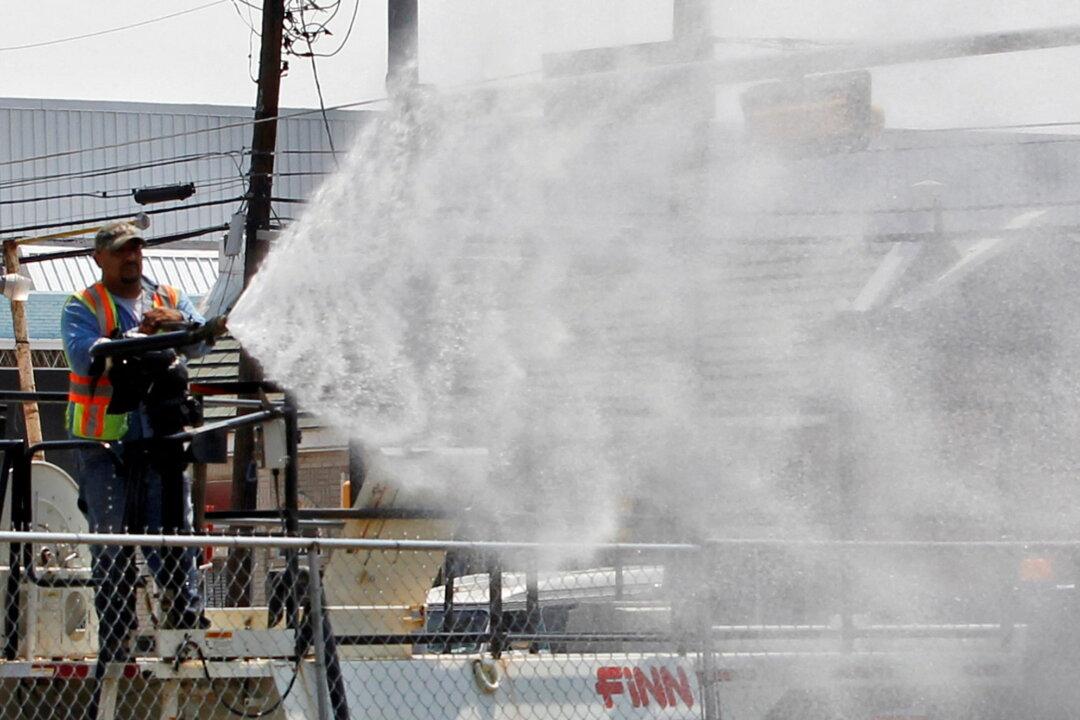Texas’s electric grid operator has powered through record demand this summer by paying more to keep higher reserves and rewarding industrial consumers to cut usage, a combination that has added more than $1 billion to power fees.
The Electric Reliability Council of Texas (ERCOT) has set new demand records 11 times this summer and twice asked consumers to turn up their thermostats in a season where demand approached 80,000 megawatts (MW). It had forecast peak summer demand earlier this year of 77,733 MW in January.





